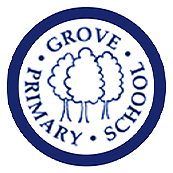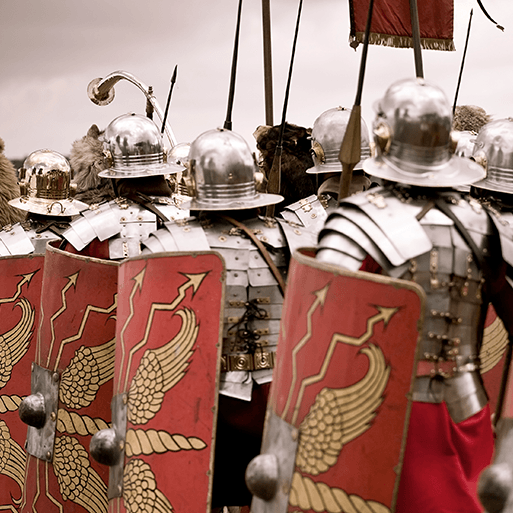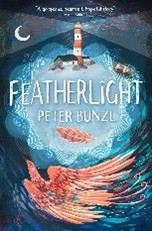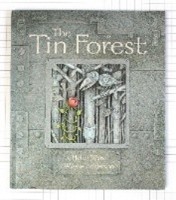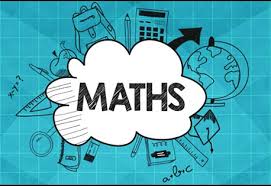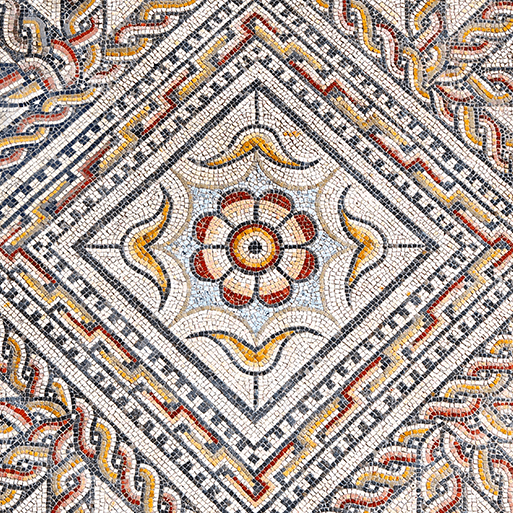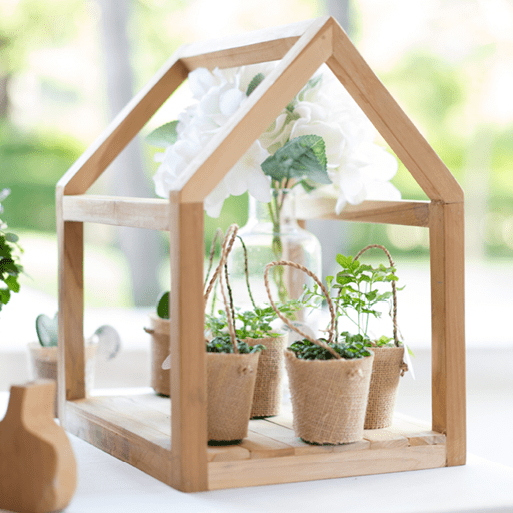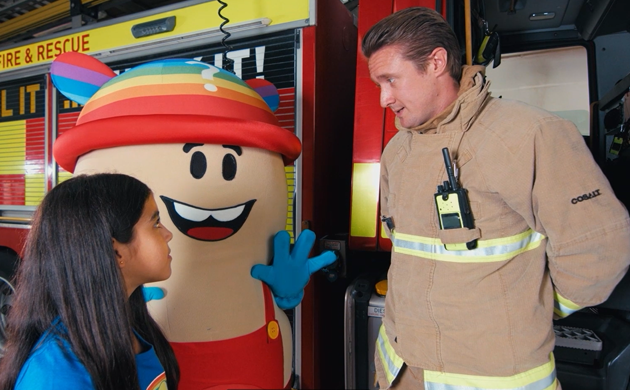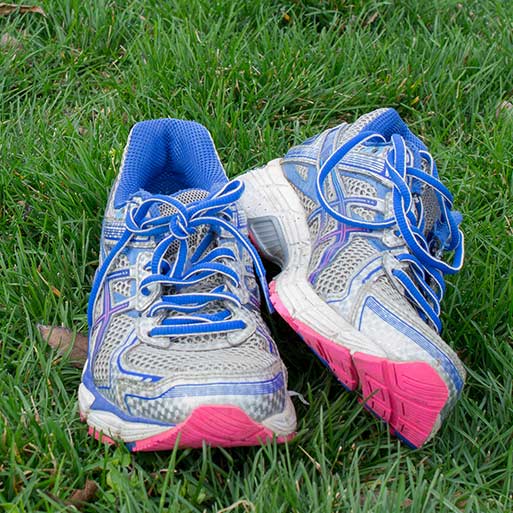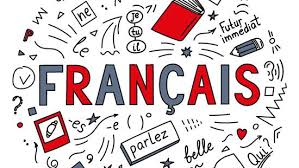Year 3 - Summer Term
|
History: Emperors & Empires
|
In the Emperors and Empires project, your child will learn about the growth and decline of the Roman Republic and the Roman Empire. They will discover the absolute power of the Roman emperors and study the hierarchies of Roman society and the Roman army. They will study the first invasions of Britain in 55 and 54 BC and the Roman conquest of Britain in AD 43. They will learn about Boudicca’s rebellion, Hadrian’s Wall and the Romanisation of Britain, including how Christianity came to Britain and investigate the legacy of Roman Britain in their local area. |
|
English: Reading
|
|
|
English: Writing
|
Skills: Please refer to the Year 3 National Curriculum
Text Types:
|
|
Maths
|
|
|
Science Plant Nutrition
Light & Shadows
|
Plant Nutrition & Reproduction: This project teaches children about the requirements of plants for growth and survival. They describe the parts of flowering plants and relate structure to function, including the roots and stem for transporting water, leaves for making food and the flower for reproduction.
Light & Shadows: This project teaches children about light and dark. They investigate the phenomena of reflections and shadows, looking for patterns in collected data. The risks associated with the Sun are also explored. |
|
Art: Mosaic Masters |
This project teaches children about the history of mosaics, before focusing on the colours, patterns and themes found in Roman mosaic. The children learn techniques to help them design and make a mosaic border tile. |
|
Design & Technology:
Greenhouse
|
This project teaches children about the purpose, structure and design features of greenhouses, and compares the work of two significant greenhouse designers. They learn techniques to strengthen structures and use tools safely. They use their learning to design and construct a mini greenhouse. |
|
Music - Charanga
|
Project: Bringing Us Together |
|
Computing
|
Programming: This unit explores the links between events and actions, while consolidating prior learning relating to sequencing. Learners begin by moving a sprite in four directions (up, down, left, and right). They then explore movement within the context of a maze, using design to choose an appropriately sized sprite. This unit also introduces programming extensions, through the use of Pen blocks. Learners are given the opportunity to draw lines with sprites and change the size and colour of lines. The unit concludes with learners designing and coding their own maze-tracing program. Sequence In Music: This unit explores the concept of sequencing in programming through Scratch. It begins with an introduction to the programming environment, which will be new to most learners. They will be introduced to a selection of motion, sound, and event blocks which they will use to create their own programs, featuring sequences. The final project is to make a representation of a piano. The unit is paced to focus on all aspects of sequences, and make sure that knowledge is built in a structured manner. Learners also apply stages of program design through this unit. |
|
PSHEE
|
|
|
PE
|
|
|
RE
|
Unit 2.10 What does it mean to be Hindu?
Unit 2.3 How do people express their faith through the arts? |
|
French
|
In this unit pupils will be learning:
|

